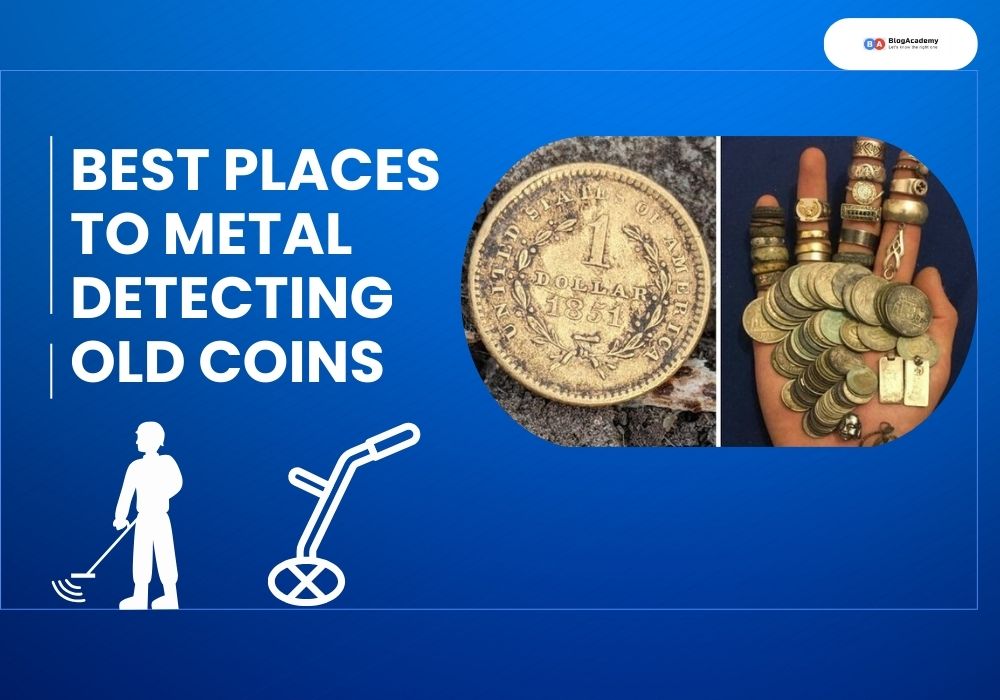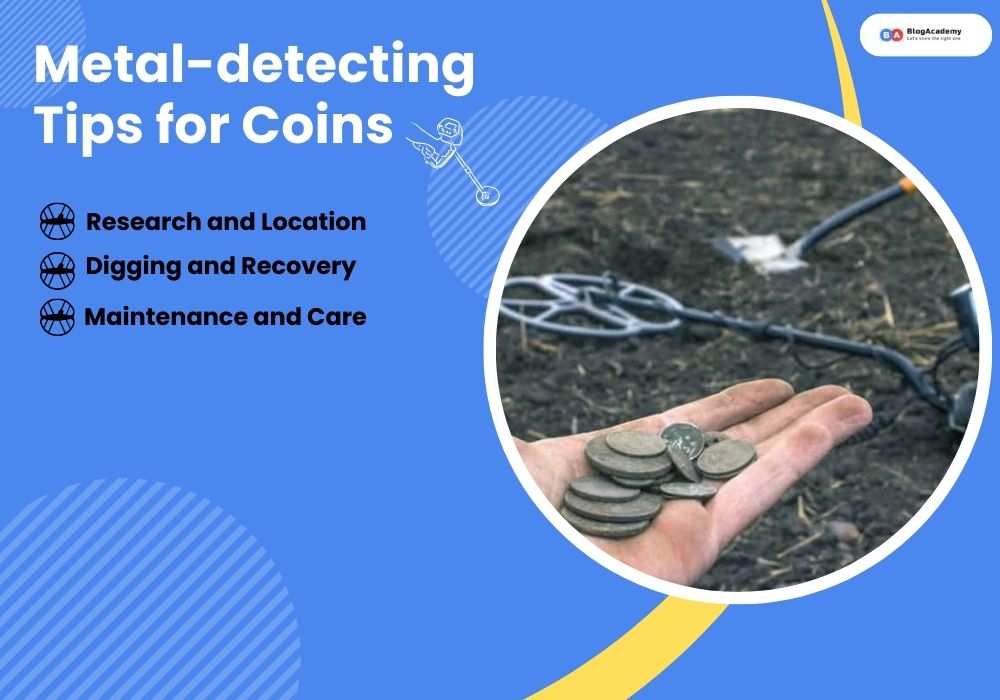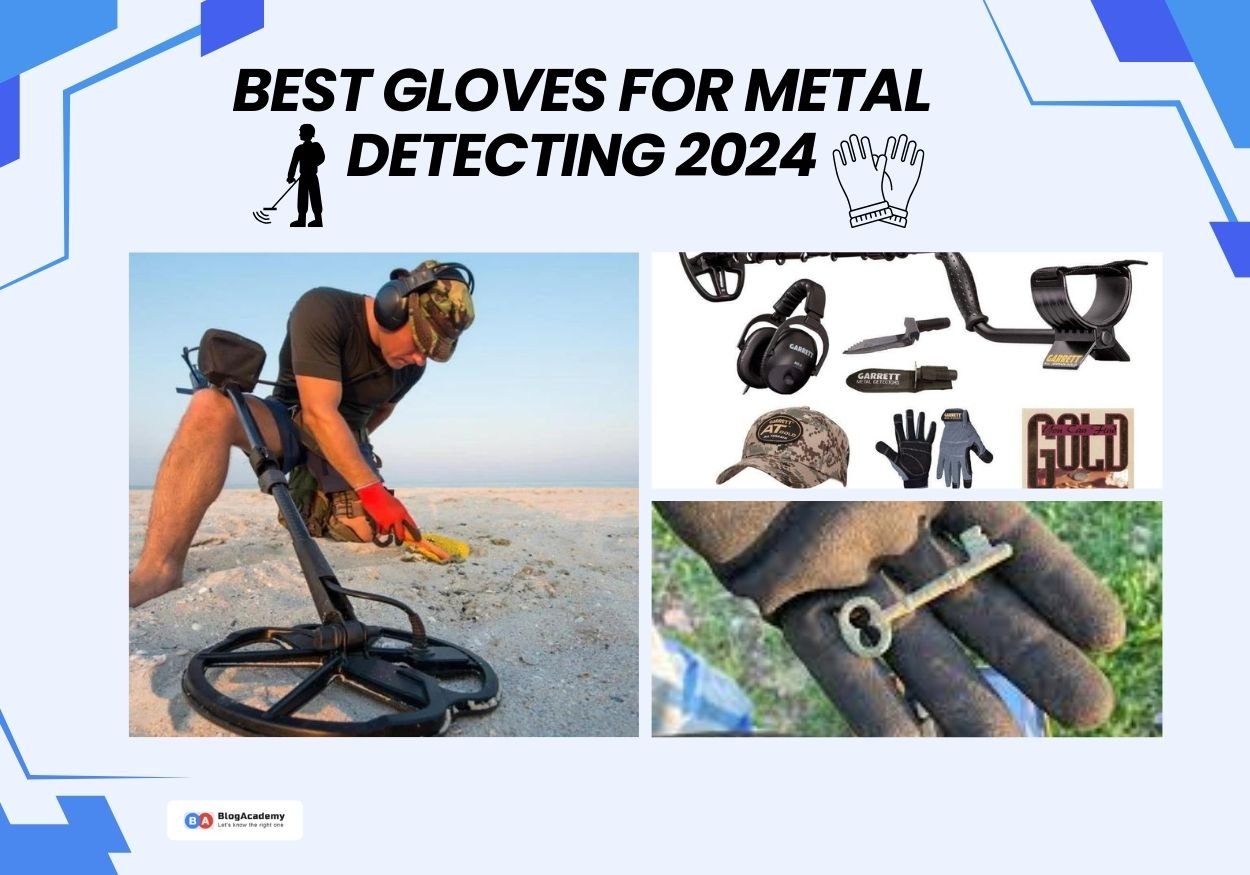Metal detecting old coins is a fascinating hobby that combines history, treasure hunting, and the thrill of discovery. Whether you’re a seasoned detectorist or just starting, knowing the best places to find old coins can significantly enhance your chances of unearthing valuable and historically rich treasures. Here’s a comprehensive guide to the prime locations for metal-detecting old coins.
How do you detect old coins?
Metal detecting old coins is like a treasure hunt through time. With a metal detector in hand, you explore historical sites, beaches, or fields, hoping to unearth hidden treasures. The thrill comes from the beep signaling a discovery, the anticipation of what lies beneath.
Each find holds a story, a piece of history waiting to be discovered. Holding an ancient coin, you’re transported to eras long gone, imagining the hands it passed through and the tales it witnessed.
Patience is key; it’s a blend of skill, luck, and dedication. The joy of finding a rare coin or relic is unmatched, making every hunt exciting. It’s not just about the coins; it’s about connecting with the past, feeling the excitement of a forgotten era in the palm of your hand.
Best places to Metal detecting old coins
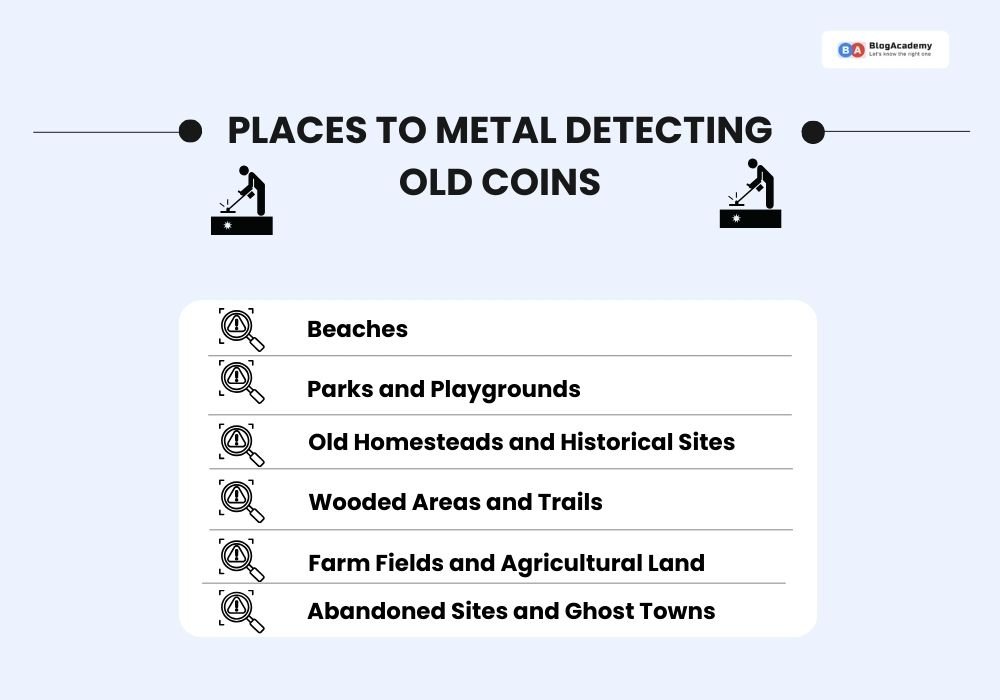
Beaches:
- Why they’re great: Beaches have been gathering spots for centuries, offering a plethora of opportunities to find old coins. The constantly shifting sands and erosion from tides can reveal coins that have been buried for decades or even centuries.
- Best times: After storms or during low tide when more of the beach is exposed, increasing your chances of finding coins close to the water’s edge.
- Tips: Focus on areas where people historically congregated, like near old piers, beach entrances, or where sandcastle builders frequent.
Parks and Playgrounds:
- Why they’re great: Public parks and playgrounds have been gathering spots for communities for years. Old coins could have been dropped or lost during leisure activities.
- Best times: Early morning or late afternoon when foot traffic is low, and the lighting is favorable for spotting coins.
- Tips: Search around benches, picnic tables, and areas where people might have sat or played games. Be mindful of local regulations regarding metal detecting in parks.
Old Homesteads and Historical Sites:
- Why they’re great: Historic sites and old homesteads often hold a wealth of hidden treasures. People may have dropped coins while going about their daily lives.
- Best times: Obtain permission before detecting on private property or historical sites. Research the history of the area to identify potential hotspots.
- Tips: Focus on areas where daily activities occurred, such as near old wells, paths, or areas where gatherings were common.
Wooded Areas and Trails:
- Why they’re great: Wooded areas, hiking trails, and old paths can harbor hidden coins. Historical foot traffic and settlements could yield valuable discoveries.
- Best times: Early morning or late afternoon when foot traffic is minimal, and the lighting allows for better visibility.
- Tips: Concentrate on areas where people might have rested or taken breaks, such as near old trees, natural landmarks, or campsites.
Farm Fields and Agricultural Land:
- Why they’re great: Farmlands have been hubs of activity for centuries, making them ideal spots for discovering old coins.
- Best times: Post-harvest or during plowing season when the soil has been turned over, exposing previously buried artifacts.
- Tips: Seek permission from landowners before detecting on private farmland. Focus on areas around old barns, near gates, or where workers might have congregated.
Abandoned Sites and Ghost Towns:
- Why they’re great: Abandoned sites, including ghost towns, hold the promise of hidden treasures, including old coins left behind by previous inhabitants.
- Best times: Whenever access is permitted, ensure you’re respectful of the area and any local regulations or private property rights.
- Tips: Research the history of the area and focus on places where people might have gathered, lived, or conducted commerce.
Precautions and Ethics Metal detecting old coins
Remember, regardless of the location, always obtain permission when detecting on private property. Follow local laws and regulations regarding metal detecting in public areas and historical sites. Always leave the area as you found it and fill any holes you dig.
Tips for Metal detecting Old Coins
- Research and Permission: Always research local laws and obtain necessary permissions before detecting in certain areas, especially historical or protected sites.
- Use Quality Equipment: Invest in a reliable metal detector with good discrimination settings to differentiate between valuable coins and other metals.
- Pay Attention to Signals: Learn the signals your detector gives for different types of coins. Old coins may register differently due to their composition and age.
- Digging Techniques: Use proper digging tools to avoid damaging coins and their potential value. Fill any holes responsibly.
- Respect the Environment: Leave the area as you found it and adhere to ethical practices while metal detecting.
What is the best app to value old coins?
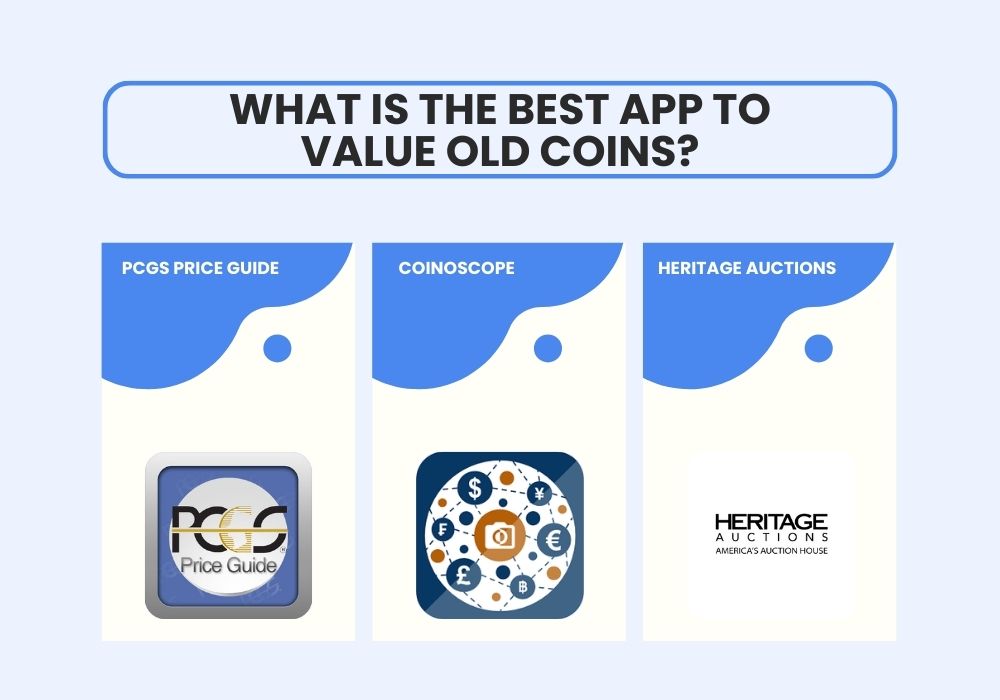
There are several apps available for valuing old coins, and the “best” one can depend on various factors such as the specific coins you’re interested in, the accuracy of their databases, and user interface preferences. Some popular apps include:
- PCGS Price Guide: Provided by the Professional Coin Grading Service (PCGS), this app offers a comprehensive database with updated prices for various coins based on their condition and rarity.
- NGC Coin Price Guide: Similar to PCGS, the Numismatic Guaranty Corporation (NGC) offers an app with a comprehensive price guide for coins, providing values based on grading and rarity.
- Coinoscope: This app uses image recognition technology to identify coins and provide estimated values based on recent auction data and market trends.
- Coinflation: Focused on the value of metals within coins (such as silver or gold), Coinflation provides the intrinsic value of coins based on their metal content.
- Heritage Auctions: While not specifically an appraisal app, Heritage Auctions offers an app that allows you to browse their auction listings, providing insight into recent prices realized for various coins.
Before relying solely on the app’s valuation, it’s a good idea to cross-reference with multiple sources, consult coin grading guides, and consider having a professional coin dealer or numismatist evaluate your coins for a more accurate valuation.
Conclusions
Metal detecting old coins is not just about finding valuable artifacts; it’s a journey through time, uncovering stories of the past. By exploring diverse locations and understanding the historical context, you increase your chances of discovering treasures that hold both monetary and historical value. Remember, the key to successful metal detecting lies not just in the location but also in patience, research, and respect for the past. Happy hunting!

